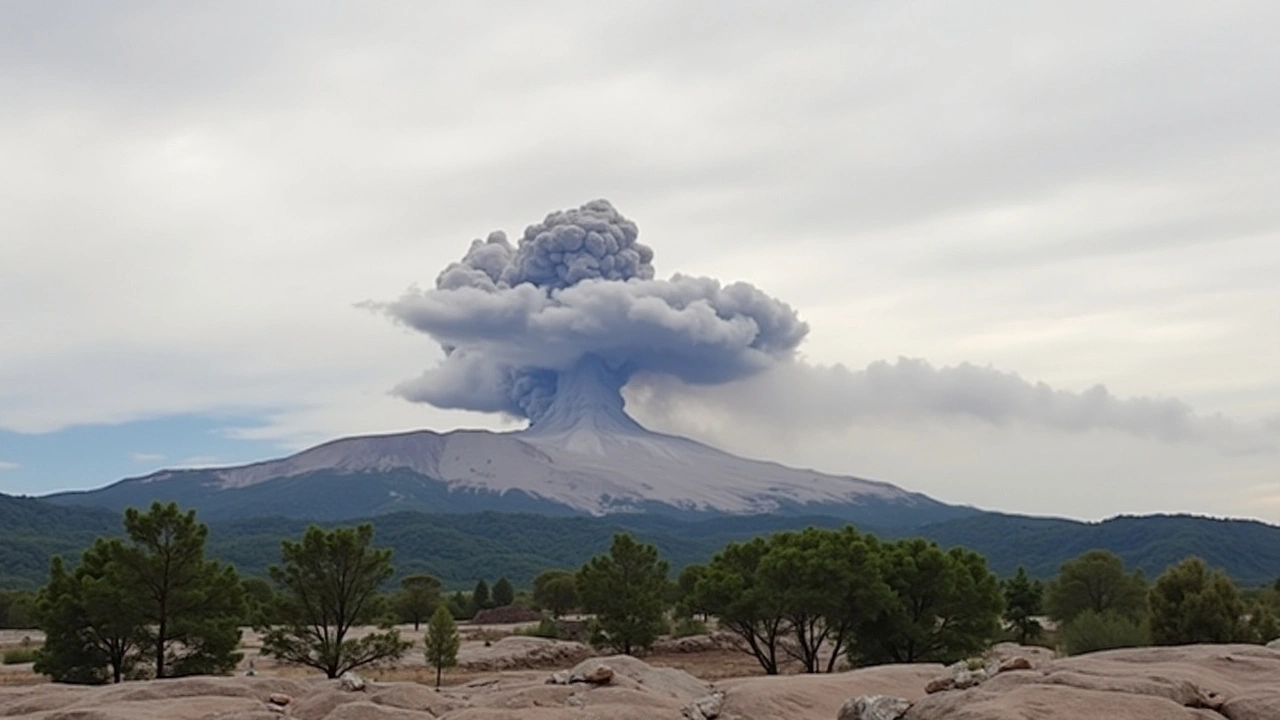Volcanic Eruption: What You Need to Know Now
Volcanic eruptions can happen fast and change life in hours — ash that grounds flights, lava that closes roads, gas that forces evacuations. This tag gathers clear news and practical guides so you know what an eruption means, how experts track them, and what to do if one affects your area.
So what is a volcanic eruption? In simple terms, it's when molten rock (magma), gases, and ash escape from beneath the Earth's crust. Sometimes magma oozes out as slow lava flows. Other times pressure builds and blasts ash, rock, and gas high into the sky. The size and style of an eruption vary a lot — from small steam-driven bursts to huge explosive events that impact weather and travel far away.
Hazards differ by type. Lava burns and blocks roads. Pyroclastic flows — fast clouds of hot gas and rock — are deadly and travel downhill at high speed. Ashfall reduces visibility, damages engines, contaminates water, and causes breathing problems. Volcanic gases like sulfur dioxide can cause acid rain and breathing issues. Heavy rain after an eruption can mix with ash and create lahars (mudflows) that bury towns and bridges.
How scientists monitor eruptions
Volcano monitoring gives early warning. Seismometers pick up the small earthquakes that happen when magma moves. Gas sensors measure increases in sulfur dioxide and carbon dioxide. GPS and ground instruments track swelling or sinking of the volcano as magma pushes up. Satellites watch ash clouds, thermal hot spots, and ground deformation from space. Combining these signals helps volcanologists estimate the chance of an eruption and set alert levels.
What you can do to stay safe
First, follow local authorities and evacuation orders — they have the best situational info. If you live near a volcano, prepare an emergency kit: water, nonperishable food, a mask (N95 or equivalent), goggles, a radio, and important documents. Keep extra water because ash can contaminate supplies.
During ashfall, stay indoors and close windows. If you must go outside, wear a mask and goggles and avoid driving — ash damages engines and reduces visibility. Clear ash from gutters and flat roofs before it builds up and causes collapse, but do so carefully to avoid dust inhalation. If you’re near river valleys after heavy rain, be ready to move quickly — lahars can arrive with little notice.
Travelers should check airline notices and local advisories. Volcanic ash can ground flights for days; don’t assume the airport will stay open. If you see increased seismic activity or official warnings where you live or plan to visit, change plans early.
On this tag page you’ll find fast updates on eruptions, expert explainers, local impact reports across Africa and beyond, and practical safety checklists. Bookmark this tag to get clear, useful coverage when a volcano becomes headline news.
